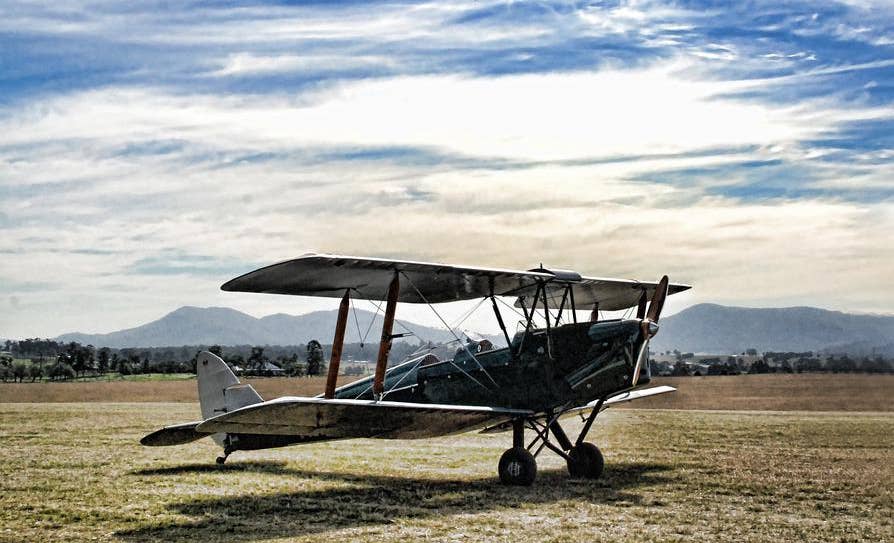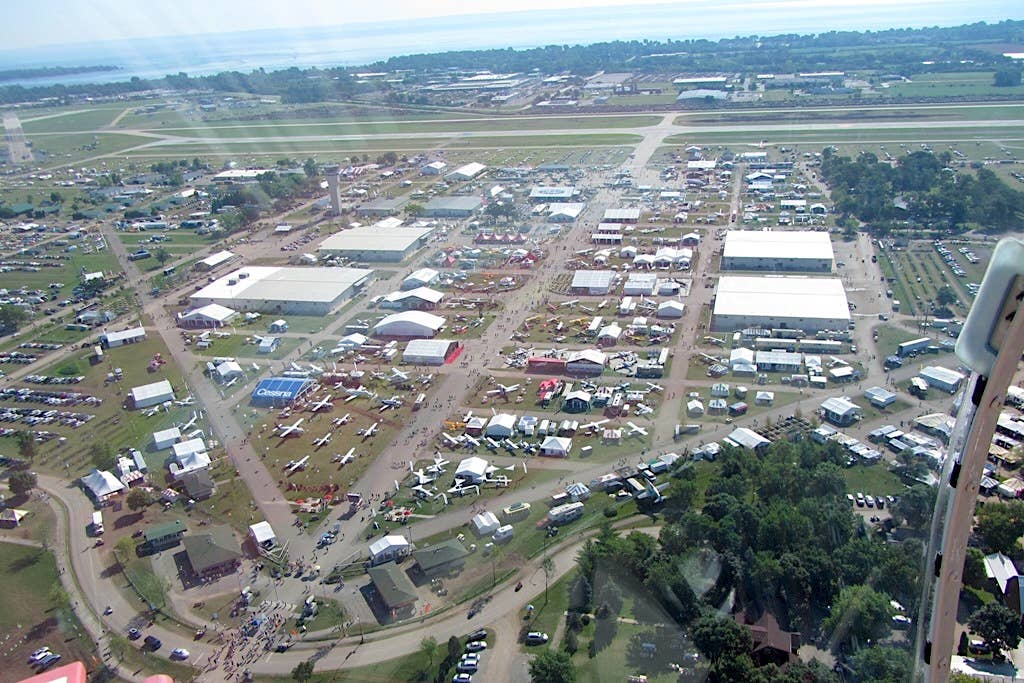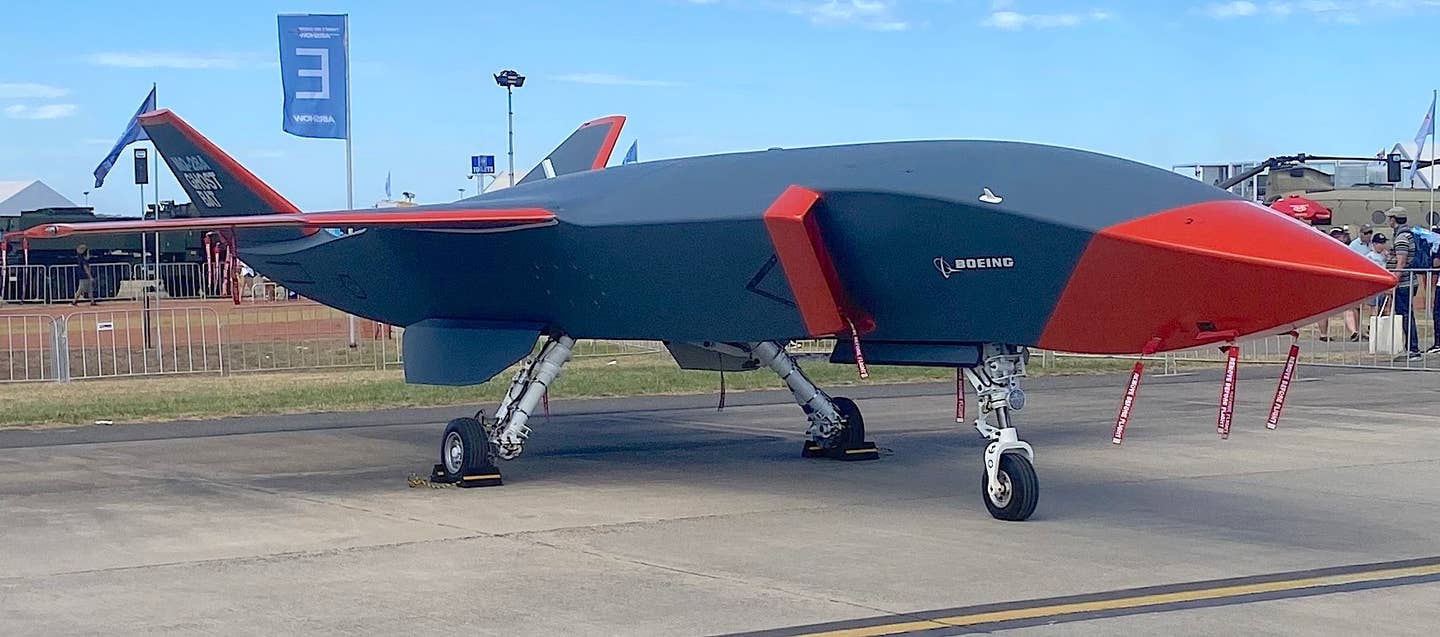Updated Airport Design Guidance Includes Turf Ops
In a recently published advisory circular (AC) updating its airport design guidance, the FAA officially acknowledged turf operations on unpaved runway safety areas (RSAs). According to the Experimental Aircraft Association…

In a recently published advisory circular (AC) updating its airport design guidance, the FAA officially acknowledged turf operations on unpaved runway safety areas (RSAs). According to the Experimental Aircraft Association (EAA), it first suggested the policy change a few years ago during the annual EAA/FAA Winter Recreational Summit. The update covers key risk factors to consider for turf operations along with airport design recommendations, FSDO safety assessments, maintenance requirements and pilot education.
“This policy update has been several years in the making after EAA first asked FAA to codify what has taking place naturally at GA airports for decades,” said Lily Johnson, EAA government advocacy specialist. “EAA has worked closely with the FAA, Midwest ATC, and Wittman Regional Airport in Oshkosh to prototype the concept for non-AirVenture time periods, as evidence that it can work effectively for airports throughout the nation and give pilots who prefer unpaved turf options as safer and less demanding on airframes.”
In addition to EAA, the change was backed by organizations including the Aircraft Owners and Pilots Association (AOPA) and Recreational Aviation Foundation (RAF). The updated AC (PDF), which provides guidance to airport sponsors and airport consultants designing and developing airports, also included a restructuring of the document, explanations of terms used, expanded information and the addition of graphics. It replaced a previous version dated Sept. 28, 2012.
“The advisory circular provides a critical roadmap for the aviation industry when planning, designing and developing the nation’s airports,” said Shannetta R. Griffin, FAA associate administrator of airports. “This update contains the latest information the industry needs as we work collaboratively to build safe, sustainable and accessible airport infrastructure to safely transport passengers, goods and services.”






